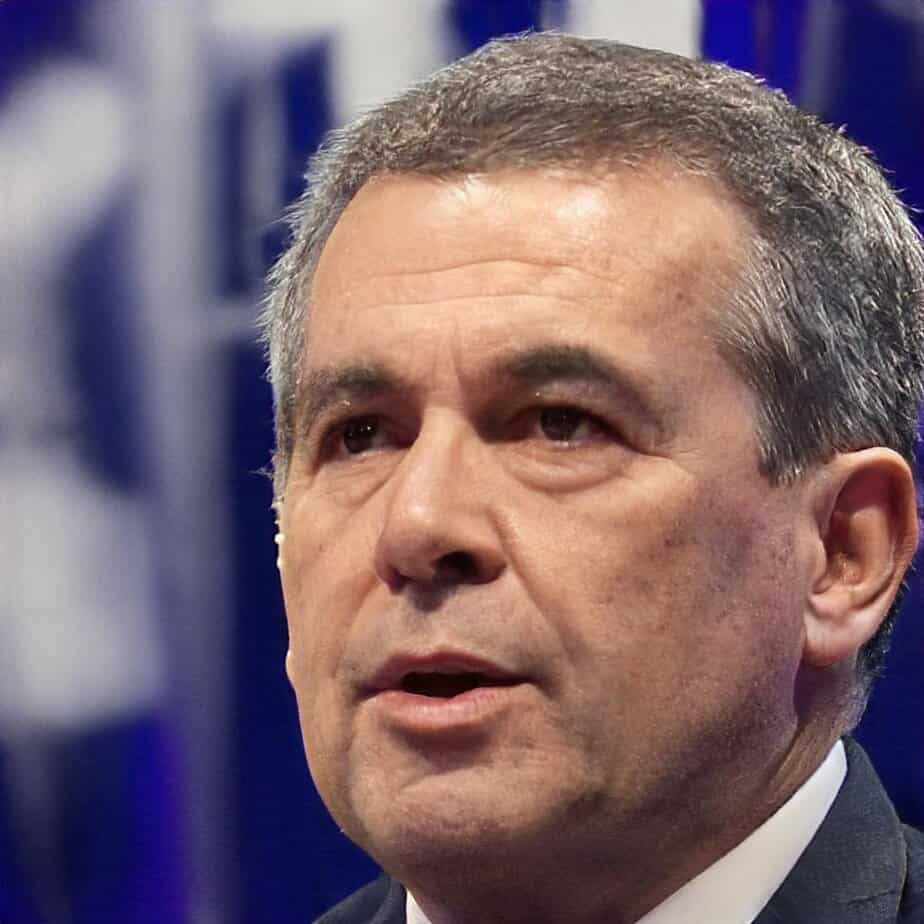Modern aviation is one of the most highly regulated industries in the world. From international treaties to domestic safety protocols, airlines, manufacturers, and operators must comply with a broad and evolving set of rules. Navigating these complexities is critical not only for legal compliance but also for ensuring passenger safety, maintaining operational efficiency, and promoting global cooperation.
This article explores the layers of aviation regulations, their challenges, and how professionals in the industry can stay informed and prepared.
The Evolution of Aviation Regulations
Early Foundations
Aviation regulations have their roots in the early 20th century, following landmark events like the Paris Convention of 1919, which sought to establish international rules for air navigation. The increasing use of aircraft during World War I underscored the need for a standardized framework to manage sovereignty of airspace, operational safety, and liability.
The Role of ICAO and Chicago Convention
The 1944 Chicago Convention gave rise to the International Civil Aviation Organization (ICAO), which became the cornerstone for global aviation governance. ICAO created Annexes that standardize everything from aircraft operations to environmental protections, providing a baseline that nations adapt into their domestic laws.
The Interplay of Domestic and International Law
Domestic Oversight
Each nation enforces its own aviation rules through specialized agencies. In the United States, the Federal Aviation Administration (FAA) regulates aircraft design, pilot training, air traffic control, and commercial airline operations. Similarly, the European Union Aviation Safety Agency (EASA) sets standards across member states.
International Harmonization
While national agencies enforce laws, global commerce requires harmonized standards. Aircraft regularly cross borders, making treaties and conventions essential for addressing issues like liability in accidents, security screening protocols, and environmental impact. For example, Montreal and Warsaw Conventions provide guidelines for passenger compensation in case of accidents.
For more detailed insights into global frameworks, resources like International Aviation Law offer structured explanations of these cross-border challenges.
Key Areas of Modern Aviation Regulations
Safety and Maintenance
Regulations dictate stringent aircraft inspection schedules, maintenance procedures, and certification standards for both equipment and personnel. These rules aim to reduce mechanical failures and ensure every aircraft is airworthy before takeoff.
Pilot Certification and Training
Pilots must undergo extensive training and recurrent testing. Licensing authorities evaluate their medical fitness, simulator performance, and adherence to operational guidelines. These processes vary by country but often align with ICAO standards.
Environmental Compliance
As climate change becomes a global concern, aviation regulators are increasing pressure on airlines to reduce carbon emissions. New standards promote the use of sustainable aviation fuels (SAF), improved aircraft designs, and efficient flight routes to minimize environmental impact.
Data Security and Passenger Rights
Modern regulations also cover passenger data protection and rights. The European Union’s GDPR applies to aviation companies handling personal information, while passenger rights laws mandate compensation for delays, cancellations, or denied boarding.
Challenges in Navigating Aviation Regulations
Constantly Changing Rules
Regulatory environments evolve rapidly. New safety findings, technological advances, or political developments can lead to sudden changes. Airlines must constantly monitor and adapt to avoid penalties or grounding of fleets.
Balancing Cost and Compliance
Compliance often involves expensive upgrades, training, or hiring legal experts. Small operators especially face challenges in meeting the same regulatory burdens as larger international airlines.
Overlapping Jurisdictions
Because aviation crosses borders, operators must comply with multiple sets of laws simultaneously. For instance, an airline flying from New York to Paris must follow FAA rules, EASA regulations, and ICAO standards—all at once.
The Role of Legal Expertise in Aviation
Why Legal Counsel Matters
Legal professionals specializing in aviation law bridge the gap between complex regulations and day-to-day operations. They advise airlines, pilots, and manufacturers on compliance, litigation, and contract negotiations. Without such guidance, organizations risk costly legal disputes or regulatory sanctions.
Accessing Qualified Counsel
Finding an attorney well-versed in aviation law is crucial. For instance, professionals like Jonathan Ewing offer dedicated expertise in navigating both regulatory compliance and litigation matters, making them valuable partners in this specialized field.
Technology’s Impact on Regulatory Compliance
Digital Tools for Monitoring
Airlines increasingly use compliance management software to track regulatory updates, automate safety reports, and manage documentation. These systems help reduce human error while ensuring deadlines are met.
Innovations in Aviation Safety
Technologies like predictive maintenance, AI-driven air traffic management, and enhanced flight data monitoring provide regulators with real-time insights, shaping new regulatory requirements in the process.
Case Studies in Regulatory Complexity
The Boeing 737 MAX Crisis
The grounding of the Boeing 737 MAX after two crashes highlighted flaws in regulatory oversight. Critics argued that the FAA relied too heavily on manufacturer self-certification. This incident spurred reforms to increase transparency, independence, and international cooperation.
Pandemic-Driven Rule Changes
COVID-19 reshaped aviation regulations overnight. New protocols around sanitation, crew health, and passenger screening emerged. Airlines had to adjust to fluctuating rules that varied by jurisdiction, testing the industry’s resilience.
Future Trends in Aviation Regulation
Integration of Sustainable Practices
Governments are expected to implement stricter carbon emission caps, while ICAO is working toward a global market-based measure for carbon offsets, known as CORSIA.
Autonomous and Unmanned Aircraft
As drones and urban air mobility solutions become more prominent, regulators are drafting new frameworks to govern unmanned aerial systems (UAS). These include pilotless air taxis, package delivery drones, and surveillance craft.
Space Tourism and Commercial Spaceflight
The rise of private space companies blurs the line between aviation and space law. Regulators are now tasked with extending safety, liability, and operational guidelines into the lower reaches of outer space.
Navigating the Regulatory Landscape Successfully
Staying Informed
Industry stakeholders must invest in continuous education, subscriptions to regulatory updates, and engagement with professional organizations.
Partnering with Experts
Collaborating with aviation-focused legal and compliance professionals ensures a proactive approach to changes. Firms such as Aero Law Center provide resources and guidance that help operators interpret and apply regulatory standards effectively.
Conclusion
The complexities of modern aviation regulations reflect the industry’s importance to global safety, security, and economic growth. Balancing national sovereignty with international harmonization, addressing new technologies, and protecting passengers all contribute to an evolving legal landscape.
For industry professionals, staying compliant is not just about avoiding penalties—it’s about building trust with passengers and regulators alike. With the right legal support, technological tools, and a proactive mindset, navigating the skies becomes both safer and more efficient.
About the Author:

With a law degree under his belt, Mark Scott understood very early that law communication was a relatively neglected area. He decided to help people by “translating” the language and offering information and advice in a clear, helpful, and actionable manner. For this reason, instead of finding him in court, you will most likely find his name online, where he is very active and thriving as a legal columnist. His part of making the world a better place is to make the law a less convoluted maze. He aims to make it easier for people to understand when and how to seek legal counsel, how to proceed in a significant number of legal matters, and how to find the proper resources so they can stand up for their rights.

